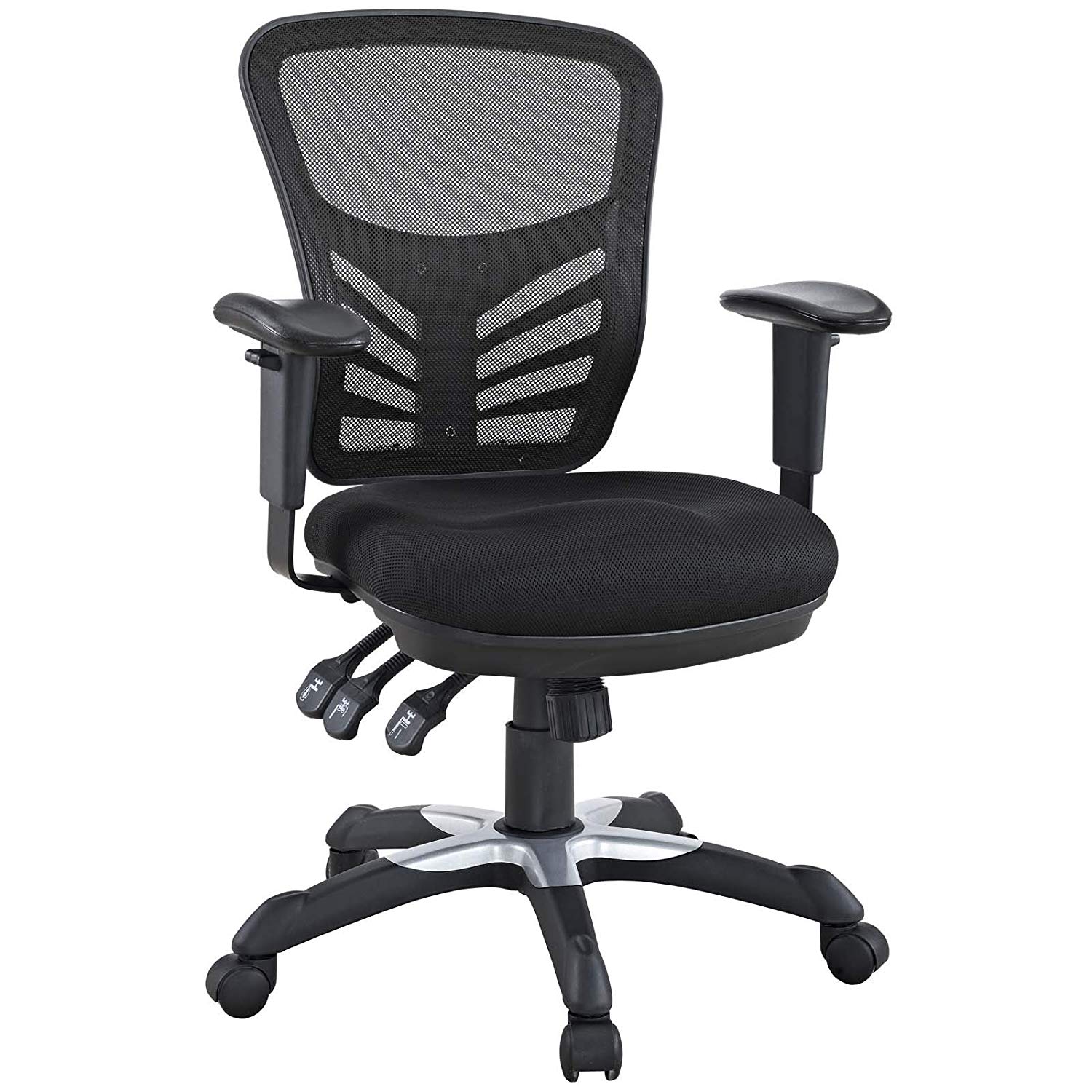Top Office Depot Ergonomic Chair Features: Best Ergonomic Office Chair Office Depot

Choosing the right ergonomic chair can significantly impact your comfort, productivity, and long-term health. Office Depot offers a variety of ergonomic chairs, each with unique features designed to cater to different needs and preferences. Understanding these features is crucial for making an informed decision. This section will delve into the key features of some top models available at Office Depot, comparing their strengths and highlighting the benefits for various body types and work styles.
Top 5 Ergonomic Chair Models Comparison, Best ergonomic office chair office depot
The following table compares five leading ergonomic chair models from Office Depot, focusing on key features, price range, and user feedback. Remember that price ranges can fluctuate, and user reviews are subjective and may vary over time. It is advisable to check the current pricing and latest reviews directly on the Office Depot website.
| Model Name | Key Features | Price Range | User Reviews Summary |
|---|---|---|---|
| Model A (Example: HON Ignition 2.0) | Adjustable height, adjustable armrests, adjustable lumbar support, breathable mesh back, headrest | $400 – $600 | Generally positive reviews praising comfort and adjustability; some users mention the mesh can be less supportive for larger individuals. |
| Model B (Example: Flash Furniture Nicholas Contemporary Mesh Executive Swivel Office Chair) | Adjustable height, adjustable armrests, adjustable lumbar support, breathable mesh back, tilt lock mechanism | $250 – $400 | Positive feedback on value for money and comfort; some mention the lack of a headrest. |
| Model C (Example: Staples Hyken Mesh Executive Chair) | Adjustable height, adjustable armrests, adjustable lumbar support, mesh back, tilt mechanism with tension adjustment | $300 – $500 | Users appreciate the adjustability and comfort; a few comments mention the build quality could be improved. |
| Model D (Example: Hbada Office Chair) | Adjustable height, adjustable armrests, adjustable lumbar support, padded fabric back, tilt lock mechanism | $200 – $350 | Generally positive for budget-conscious buyers; some users report less durability compared to higher-priced options. |
| Model E (Example: Sihoo Ergonomic Office Chair) | Adjustable height, adjustable armrests, adjustable lumbar support, headrest, breathable mesh back, multiple tilt adjustments | $350 – $550 | High ratings for comfort and adjustability; some users mention the assembly can be slightly challenging. |
Feature Benefits for Different Body Types and Work Styles
The adjustability features in these chairs are designed to accommodate diverse body types and work habits. For example, adjustable lumbar support is crucial for maintaining the natural curvature of the spine, preventing back pain, particularly beneficial for individuals who spend long hours sitting. Adjustable armrests provide proper arm positioning, reducing strain on the shoulders and neck, crucial for those who frequently type or use a mouse. Breathable mesh backs improve airflow, preventing overheating and discomfort, especially beneficial in warmer climates or for individuals who tend to sweat. Headrests provide additional neck support, reducing strain, particularly helpful for those who often look up or down while working. The tilt mechanism allows for dynamic seating postures, reducing pressure on the spine and improving circulation. The choice of fabric or mesh material also impacts comfort and breathability. Fabric offers more cushioning, while mesh promotes better ventilation.
Backrest Design Comparison
[Visual Description:] Imagine a visual comparison showing the five chair backrests side-by-side. Model A and E feature a high back with a contoured mesh design, providing excellent lumbar support and breathability. The curvature of the backrest follows the natural curve of the spine. Model B and C display similar mesh back designs, though slightly less contoured than Models A and E. Model D showcases a padded fabric backrest, offering a different level of support and aesthetic appeal. The ergonomic advantage of the contoured mesh backrests lies in their ability to conform to the user’s back, offering personalized support. The fabric backrest in Model D provides cushioning but may lack the same level of support for the lumbar region as the contoured mesh designs. The differences in design reflect the various priorities of comfort, support, and breathability. The choice depends on individual preferences and needs.
